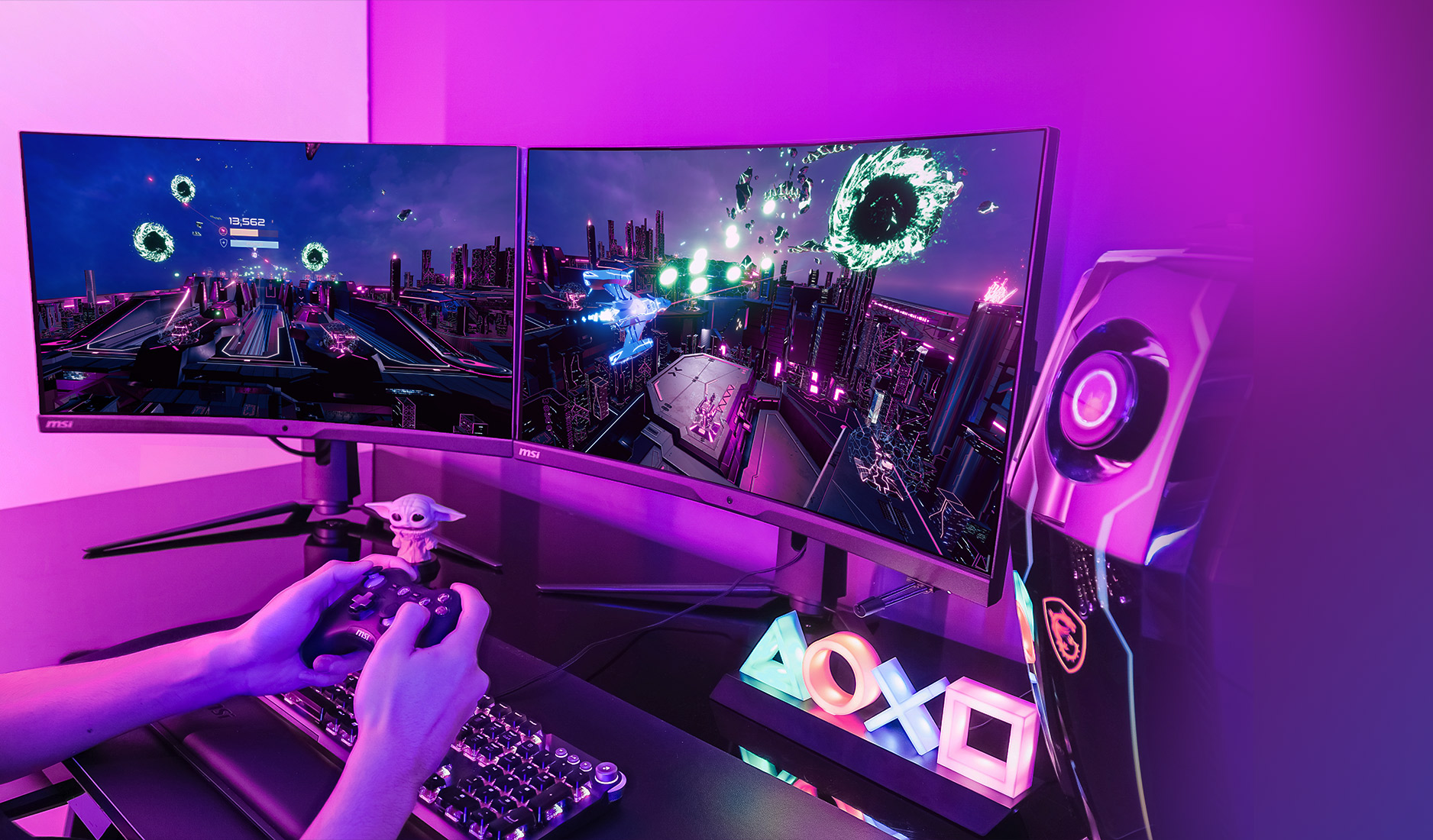-
Feed de Notícias
- ECOSYSTEM
- EXPLORAR
-
Páginas
-
Grupos
-
Eventos
-
Blogs
Gaming Market Dynamics and Revenue Projections | 2035

Mergers and acquisitions (M&A) have become the most powerful and transformative force shaping the modern gaming industry, serving as the primary vehicle for strategic repositioning and market consolidation. A focused review of Gaming Market Mergers & Acquisitions activity reveals a dramatic escalation in both the size and strategic intent of these deals. M&A is no longer just about buying a smaller studio to add a new game to a publisher's lineup; it has become a high-stakes chess match where platform holders and large publishers are spending tens of billions of dollars to acquire entire publishers and their vast portfolios of intellectual property (IP). This M&A frenzy is driven by the strategic imperative to control content in an increasingly competitive, service-driven market. The market's immense and growing value is what underpins these colossal transactions. The Gaming Market size is projected to grow USD 1050.26 Billion by 2035, exhibiting a CAGR of 13.19% during the forecast period 2025-2035. This massive potential justifies the eye-watering valuations and bold strategic bets being made, as companies race to acquire the assets they believe will secure their dominance for the next decade.
The most significant driver of the recent M&A wave has been the strategic arms race between the major platform holders, particularly Microsoft and Sony. Microsoft's acquisitions of ZeniMax Media (parent of Bethesda) for $7.5 billion and, most notably, Activision Blizzard for a staggering $68.7 billion, represent a fundamental shift in industry strategy. The primary goal of these acquisitions was to acquire a massive library of world-class content and iconic IP—including Call of Duty, The Elder Scrolls, Fallout, and World of Warcraft—to make Microsoft's Xbox Game Pass subscription service a "must-have" offering. This "content is king" strategy aims to use exclusive IP to drive subscriber growth and lock users into the Xbox ecosystem. Sony has responded with its own strategic acquisitions, though on a smaller scale, such as its $3.6 billion purchase of Bungie, the studio behind the highly successful live service game Destiny. This move was aimed at bolstering Sony's expertise in the lucrative live service game model, an area where it had historically lagged behind competitors. These platform-led acquisitions are the primary force consolidating the industry and escalating the "console wars" into a broader "ecosystem war."
Beyond the platform wars, another key driver of M&A is the consolidation of the mobile gaming space. The mobile market, while massive, is also highly fragmented and competitive. Larger publishers are acquiring successful mobile studios to gain access to the market's huge user base and recurring revenue streams. Take-Two Interactive's $12.7 billion acquisition of Zynga, a pioneer in social and mobile gaming, is a prime example of this trend. The deal was designed to give Take-Two, traditionally a console and PC-focused publisher, a major foothold in the fastest-growing segment of the gaming market. Similarly, many deals involve the acquisition of specialized technology or talent. A large publisher might acquire a smaller studio that has developed proprietary AI technology, a unique art style, or expertise in a specific genre. Looking forward, M&A activity is expected to remain high. This could include more consolidation in the mid-tier publisher space, acquisitions focused on emerging technologies like VR/AR, and potentially even moves by non-gaming tech giants (like Amazon or Netflix) to acquire major gaming publishers to accelerate their own interactive entertainment ambitions.
Top Trending Reports -
Italy Enterprise Communication Infrastructure Market
- Art
- Causes
- Crafts
- Dance
- Drinks
- Film
- Fitness
- Food
- Jogos
- Gardening
- Health
- Início
- Literature
- Music
- Networking
- Outro
- Party
- Religion
- Shopping
- Sports
- Theater
- Wellness


